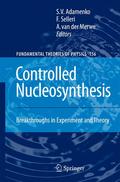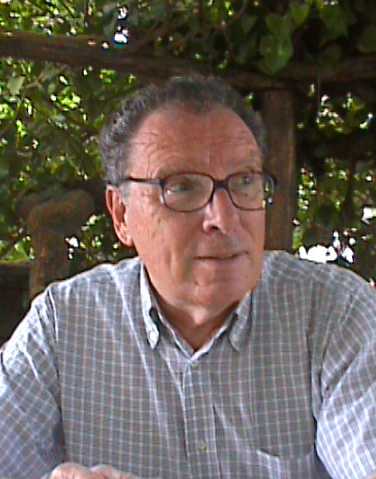This book ushers in a new era of experimental and theoretical investigations into collective processes, structure formation, and self-organization of nuclear matter. It reports the results of experiments wherein for the first time the nuclei constituting our world (those displayed in Mendeleev's table as well as the super-heavy ones) have been artificially created. Pioneering breakthroughs are described, achieved at the ?Proton-21? Laboratory, Kiev, Ukraine, in a variety of new physical and technological directions.
A detailed description of the main experiments, their analyses, and the interpretation of copious experimental data are given, along with the methodology governing key measurements and the processing algorithms of the data that empirically confirm the occurrence of macroscopic self-organizing processes leading to the nuclear transformations of various materials. The basic concepts underlying the initiation of self-sustaining collective processes that result in the formation of nuclear structures are also examined.
How to realize nucleosynthesis of stable nuclei in the laboratory? Why are metallic meteorites of iron or nickel-iron? Could the iron be nuclear fuel and could an iron star blow up as a supernova? And what could be the energy source of such an explosion? Is it possible to obtain nuclear energy from any terrestrial substance without producing radioactivity? Do super-heavy (Migdal's) nuclei exist, and is it possible to synthesize them in the laboratory? What physical mechanisms could one use to control nuclear transformations and particularly the sign of the overall energy balance involved?
Answers to these and other intriguing questions are to be found in this book.




